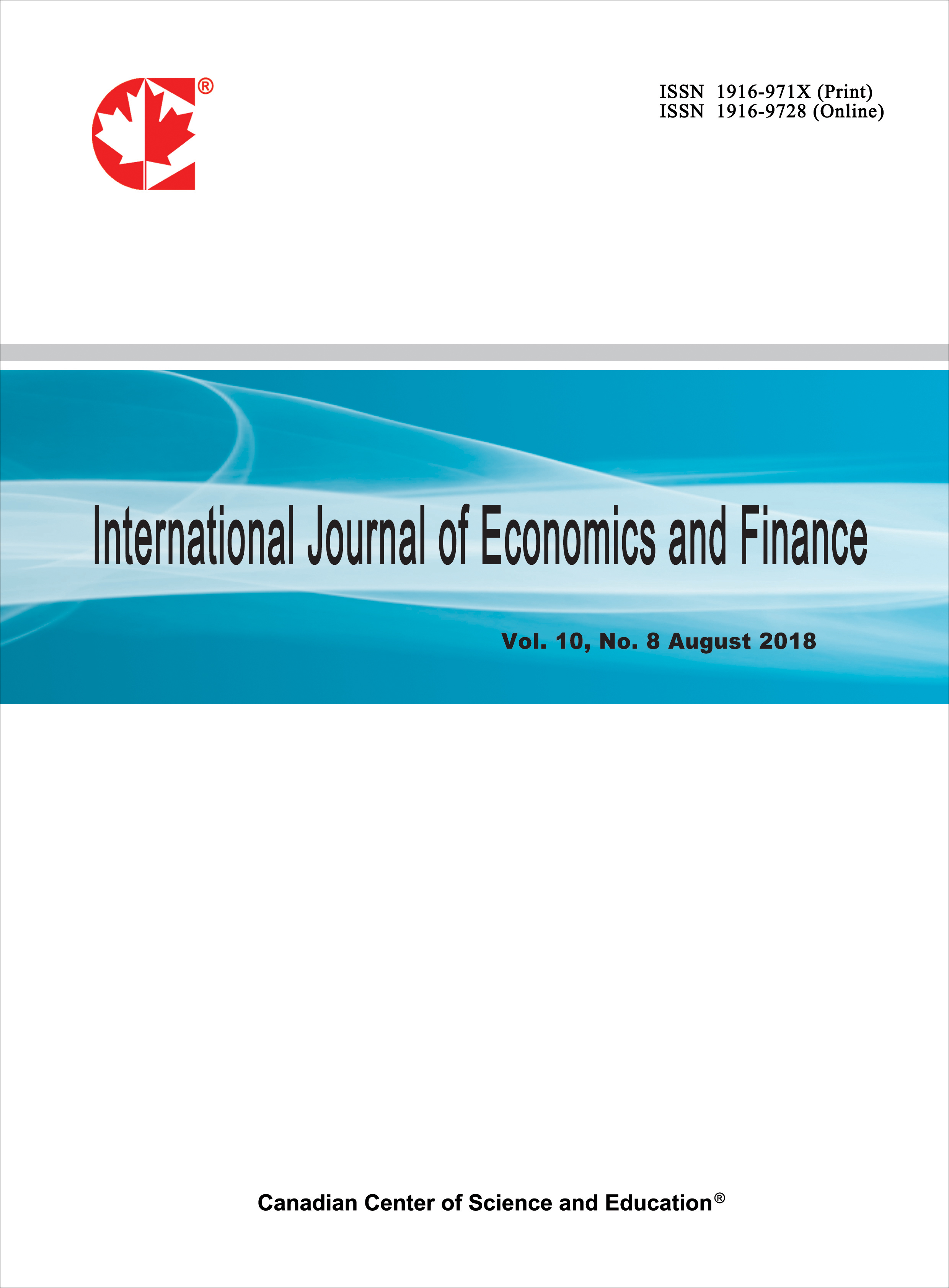Dollarization, Openness and Tendency towards Stagnation in El Salvador
- Luis Rene Caceres
Abstract
This paper presents a series of aspects related to the tendency towards economic stagnation that the Salvadoran economy has shown for three decades, emphasizing the role of dollarization that took place in 2001.
The first section analyzes the determination of the money supply in the context of dollarization. It shows that the main determinant of the money supply is the payment for imports, which cancels out the contributions of remittances, official foreign aid and bank credit. The negative effects on the money supply from foreign investment, public consumption, the current account deficit and the trade account of the balance of payments are also identified. The savings and economic growth rates of El Salvador are compared with those of Panama and Ecuador, other countries also dollarized in the region, and it is deduced that the poor performance of the Salvadoran economy in relation to these two countries can be explained by its low savings rate, by the greater incidence of remittances in its economy, and by its low ratio of female to male employment. Another topic analyzed is the impact of the economic crisis on the Salvadoran economy, finding that this leads to a permanent contraction in the rate of economic growth, but that it can be countered by means of investments in human capital, and by increasing female labor force participation. The paper concludes with a series of conclusions and recommendations.
- Full Text:
 PDF
PDF
- DOI:10.5539/ijef.v17n9p64
Journal Metrics
Index
- Academic Journals Database
- ACNP
- ANVUR (Italian National Agency for the Evaluation of Universities and Research Institutes)
- Berkeley Library
- CNKI Scholar
- COPAC
- Copyright Clearance Center
- Directory of Research Journals Indexing
- DTU Library
- EBSCOhost
- EconBiz
- EconPapers
- Elektronische Zeitschriftenbibliothek (EZB)
- EuroPub Database
- Genamics JournalSeek
- GETIT@YALE (Yale University Library)
- Harvard Library
- Harvard Library E-Journals
- IBZ Online
- IDEAS
- JournalTOCs
- LOCKSS
- MIAR
- NewJour
- Norwegian Centre for Research Data (NSD)
- Open J-Gate
- PKP Open Archives Harvester
- Publons
- RePEc
- ROAD
- Scilit
- SHERPA/RoMEO
- SocioRePEc
- Standard Periodical Directory
- Technische Informationsbibliothek (TIB)
- The Keepers Registry
- UCR Library
- Ulrich's
- Universe Digital Library
- UoS Library
- ZBW-German National Library of Economics
- Zeitschriften Daten Bank (ZDB)
Contact
- Michael ZhangEditorial Assistant
- ijef@ccsenet.org
